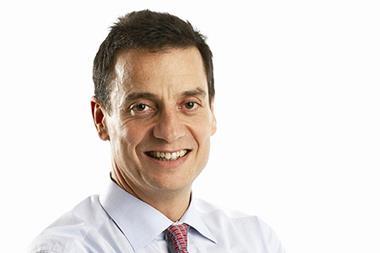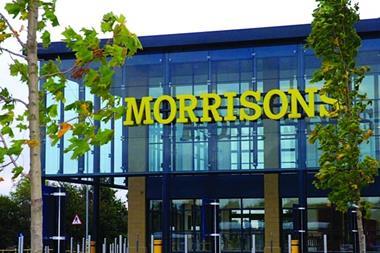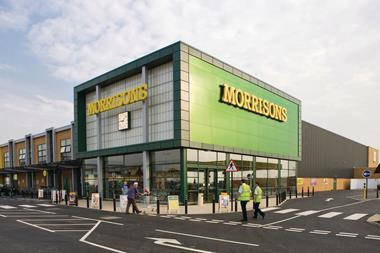Morrisons needs to act quickly to address its problems before the competition leaves it behind.
Morrisons needs to act quickly to address its problems before the competition leaves it behind.
The grocer posted a dismal set of Christmas trading figures this morning with like-for-like sales excluding fuel falling 2.5%. The subdued results come after a string of negative like-for-like figures beginning in the first quarter of 2012/13 and persisting throughout the year. These figures are particularly disappointing given that Morrisons benefited from an additional trading day this year versus last.
One of the biggest factors in Morrisons’ poor figures is its continuing lack of real presence in the fast growing channels of convenience and online food. With a tiny convenience business and an online food offer limited to wine, Morrisons are simply years behind the competition. Although Morrisons continues to take steps to address these issues, the pace of change is simply not fast enough - meaning particularly in the case of convenience acquisition may be the best and possibly only option.
A further nail in the coffin is the state of Morrisons core estate, which is looking rather tired. By the end of the financial year, approximately one in five stores will have been converted to the new Fresh Format, leaving a number of refurbishments still to go. When we add to this the impact of Asda’s Netto conversions, many of which are located in Morrisons northern heartland, there’s no wonder the supermarket group is beginning to struggle.
A further factor is Morrisons dependence on the north of England which is more greatly impacted by continued economic stagnation – albeit Morrisons is expanding in the south. It is also facing heavy competition from the hard discounters alongside an improving Tesco.
It is hard to discount Tesco as one of the key beneficiaries from Morrisons poor figures, especially considering Tesco competes with Morrisons in a number of areas due to the company’s sheer size. This is not to say the efforts made by group chief executive, Philip Clarke, are not having an impact.
Quite the contrary, Tesco’s food business in particular is showing signs of real improvement, with like-for-like food sales rising 1.2% in the third quarter. In addition, the pace of change at Tesco, particularly in terms of the store estate, is more rapid than Morrisons – with the company on track to complete more than 400 store refurbishments in the year to February 2013.
If Morrisons is to turn around its fortunes it will need to accelerate the pace of change refurbishing its stores and embracing channels such as convenience and online before it is too late.
David Gray is a UK grocery analyst at Planet Retail


























No comments yet